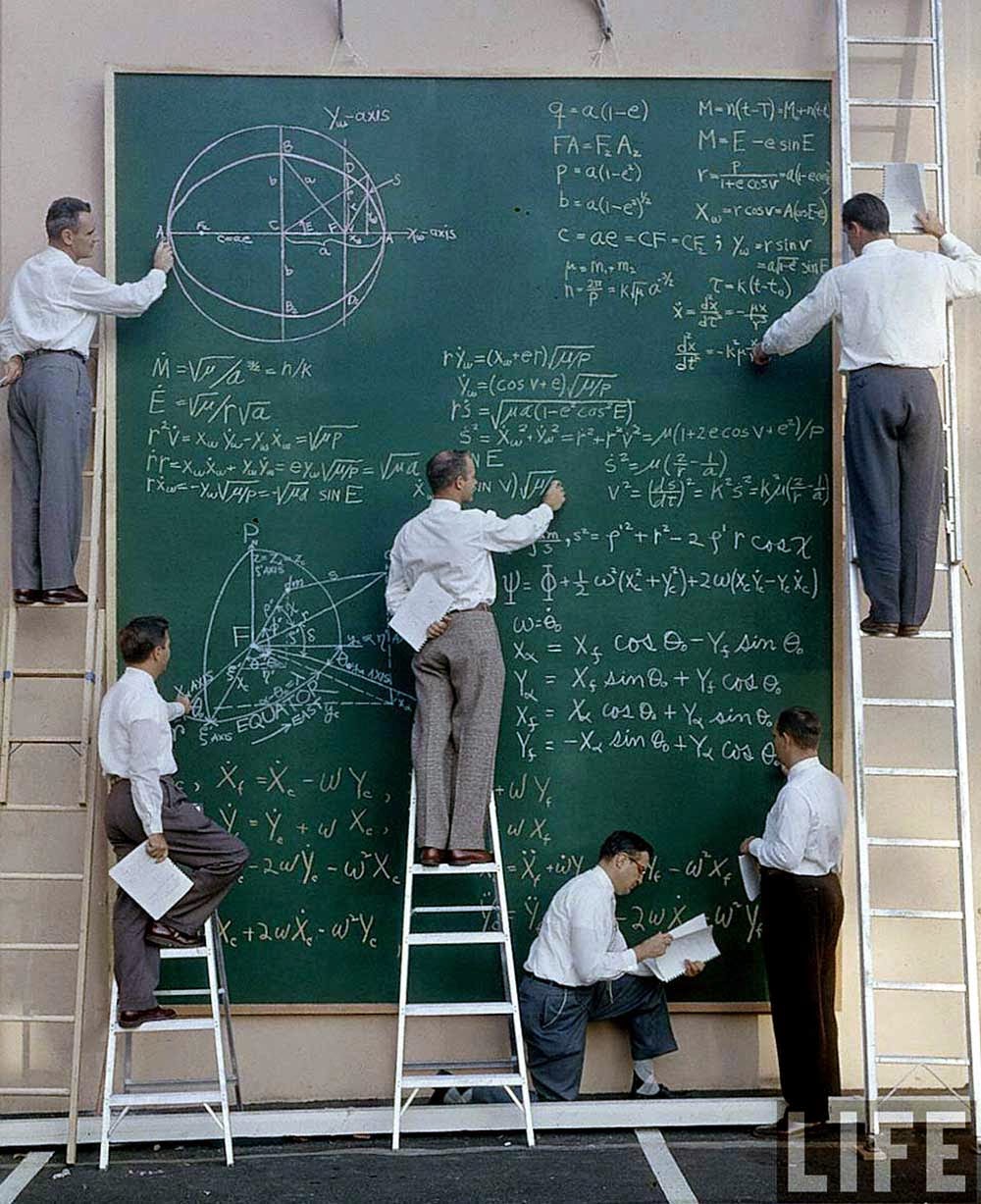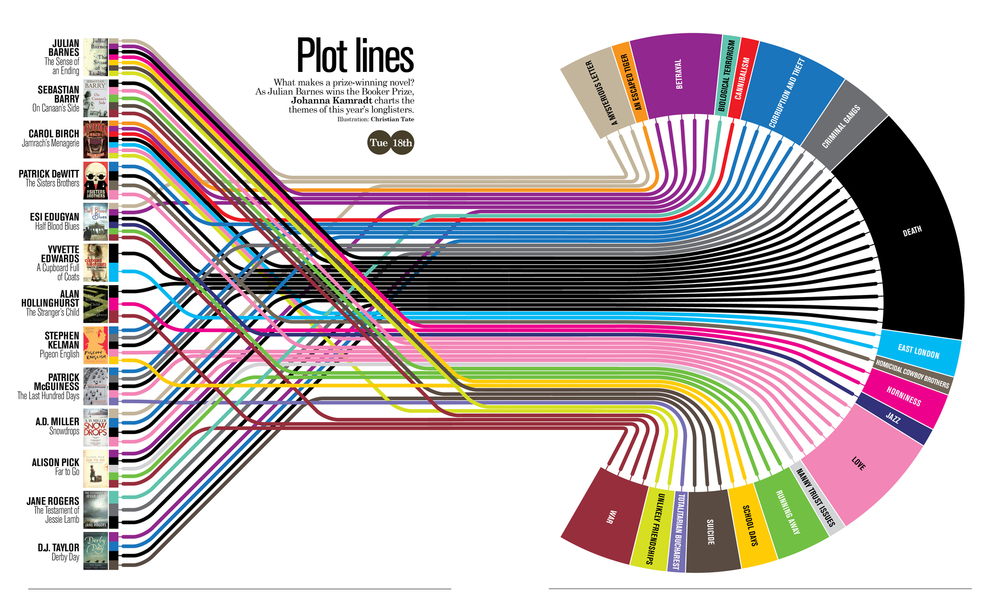Last time, I started to describe how I had developed the concept for my Sci-fi adventure Ribbonworld.
I set up the plot and the location in broad terms. I had a murder and a conspiracy on a planet that was hostile to humanity. The next thing I had to do was decide what the hero’s reaction to the body would be, would it make him determined to find out who did it and why? Will he think that he might be next?
Obviously, I can’t give too much away (I want you to read the book after all!), but I hope you can see what I’m setting up here. It’s always a bonus if you can incorporate a couple of ways that the plot can go, a bit of ambiguity. And the longer you can keep them running together, the better.
So if our hero has a shady past, or there could be more than one reason for the murder, these can be revealed as we go along. I can drop hints to keep you guessing. The idea of competing outcomes is a bit like the three card trick, concealing the truth amongst the red herrings. Hiding it in plain sight; so that when we get to the end, the reader says AHHHH! and ties together all the little clues that you’ve scattered around. The reveal should come as a surprise but be totally logical. And it has to have been possible (if difficult) for the reader to have worked it out so that you get the best effect. The worst thing is to have withheld or missed inserting a vital clue, it leaves a bad taste in my mouth when I read a book where the answer comes from left field or the villain is introduced on the last page.
But before we delve into the action, it helps to establish the back story. In other words, the rules for living in the world I’m creating. And I must confess to being a bit of a geek when it comes to these things, I’m not happy unless I can justify it all to myself.
As I said, we’re in a dome, on an airless planet. Any holes in the dome – the air leaks out and we’re in deep trouble. So how can we reduce the chances? What would the real-life pioneers do to make the dome as safe as possible to live under?
My answer was to make the dome double skinned, with a shock-absorbent liquid filling between the layers. As I have the power of benign creation I thought I might as well use it and make it able to freeze and plug a gap if it was exposed to a pressure drop. Chemically I suspect that might be dubious but hey, it sounded pretty cool! And if humanity has learned how to fly to another planet, something like that would be a doddle. To add realism to it, I even included a throwaway comment about why.
And just for insurance, I put a net on top as well, to try and catch things before they got near the dome.
Now that’s all fine but I’m sure you can begin to see the flaw in all this kit. It weighs a lot. I imagined people reading it and shaking their heads, “It would never stay up,” they would mutter, “what kind of rubbish is this?” And they would dismiss me as a writer who doesn’t do his homework.
I concede that technically, it wouldn’t be possible to have pillars supporting the dome; they would need to be huge and deeply embedded in the rock. So again, I wondered what I could do to be realistic.
But then, I thought, the air in the dome, the air that everyone needs to breathe and stay alive, that will be pushing the dome out and will be helping to support its weight. Just like the water in a canal or enclosed dock stops the banks from collapsing.
And in case you hadn’t noticed, I’ve just introduced an element of tension; we need a constant supply of air to ensure that the dome stays up. Not too much or the top will blow off, while if there’s too little the dome will collapse. If there are any leaks in the dome, the air moving through them would cause a breeze as well, giving the place character (I was going to say atmosphere). And this means that a constant supply of new air is needed.
If we wanted, the person who controls the supply of air could be a major player. They are the one that you have to be nice too; people with that power are the ones who are really in charge.
Now that seems like a lot of chat for one minor aspect of the setting, but I think that it’s important. And here’s why.
The exposition of this rationale forms a part of our hero’s journey and gives him something to talk about to another character. By giving out this information as dialogue in the story, I can reinforce my credentials as a writer of believable settings. And keep the action moving. Putting it as dialogue saves the reader from wading through pages of description as well, something that puts me off a lot of books. You can introduce the information as it’s needed.
The conversations you can weave around exposition can also set up the structure of the relationships in the dome, people can complain about the useless machinery that could give out and kill everyone or the useless people whose arguing overshadows the running of the place. They’re useful tools to supply depth.
And where, I hear you ask, does the murder fit into this. Well, the great advantage of conspiracy theory as a plot device is that there’s always something to conspire against. Whether it’s the discovery of a secret or the desire to expose the truth, they are both valid. You can have both in the plot; so that the reader cannot really be sure which is the reason for the crime (and who is responsible) until much later.
So our hero can go about his business, meeting and interacting, learning and immersing himself in the world. He can get into tricky situations and find answers. And the bad guys can try to thwart him, with a little help from the environment.
The next thing that you can do is sow a bit of confusion about the murder. And the easiest way to do that is to make the main character interesting. Give him a reason to be the focus of dubious events, as I briefly mentioned before.
The great thing about giving someone a background is that it opens up all sorts of possibilities. If you want your hero to do something dangerous or foolhardy later, you can give him a moment in his past where the thing is a defining moment. Or you can plant the idea that he may not be all he seems.
For example, if I wanted my man to be frightened of being in a space suit, then I could let him have a traumatic event involving one in his past. I can have him worry about it, build it up in his mind as it becomes inevitable that he will be forced into one. Then when he HAS to get into the suit, if his life depends on it, he can agonise and find himself in the act of overcoming his fears, or not, it depends on what moves the plot along.
This resonates with most readers, largely because they can relate to struggles or similar experiences in their own lives. And it reinforces your credibility; it means that you write realistically!
So now we’re really cooking, we have the makings of a real story, there are conflicts everywhere; in the location and in the characters.
Next time, we’ll discuss the way we build the tension towards the ending.
If you want to read Ribbonworld, there are two ways to do it.
You can buy it for 99p (or 99c in the USA) via Amazon, use the button below.
Or you can get a FREE copy by sending me your email address and signing up to my newsletter. The advantage to that method (apart from getting the book for nothing) is that you will get advance news of my new projects on a semi-regular basis, exclusive content and special offers.
You can sign up by clicking on this button.![]()
Let me know what you think of this series so far, please leave a comment below.
If you missed part one, you can get it here,
![]()





